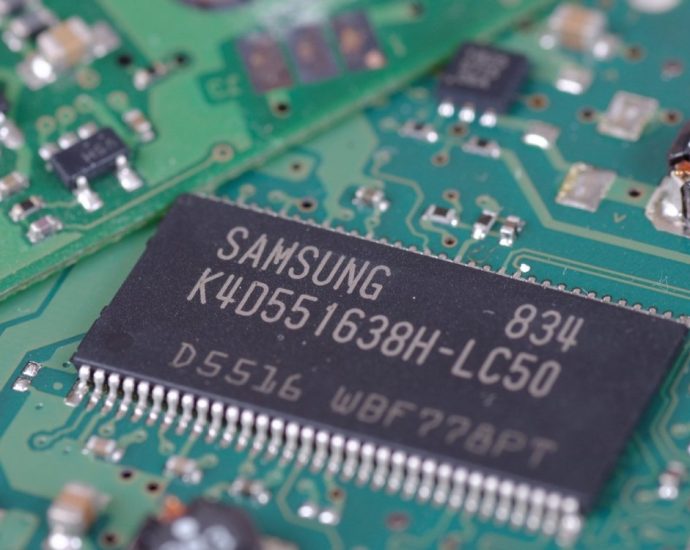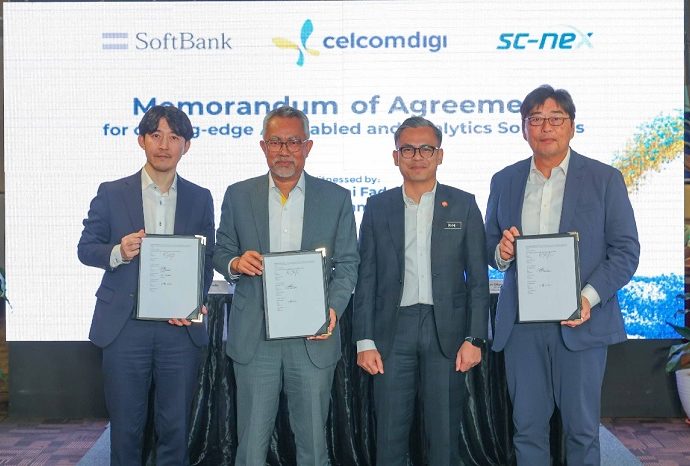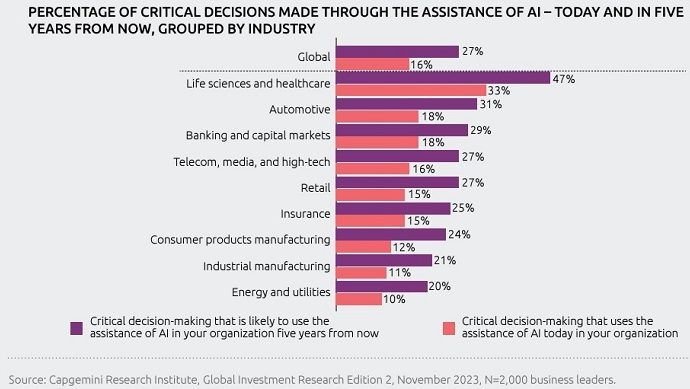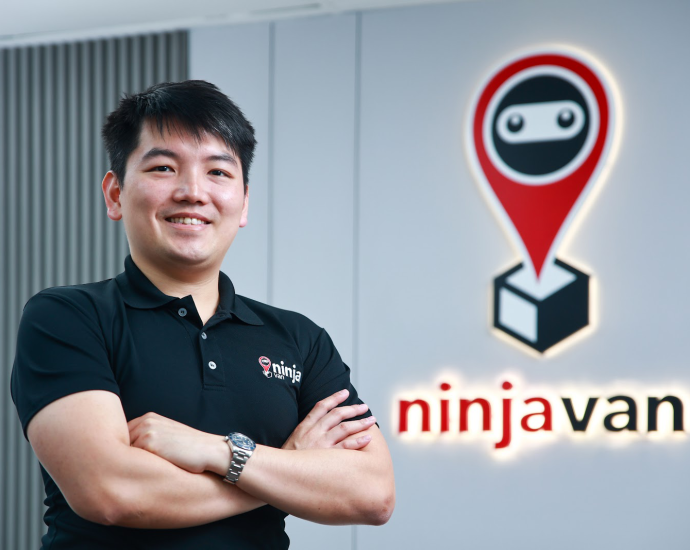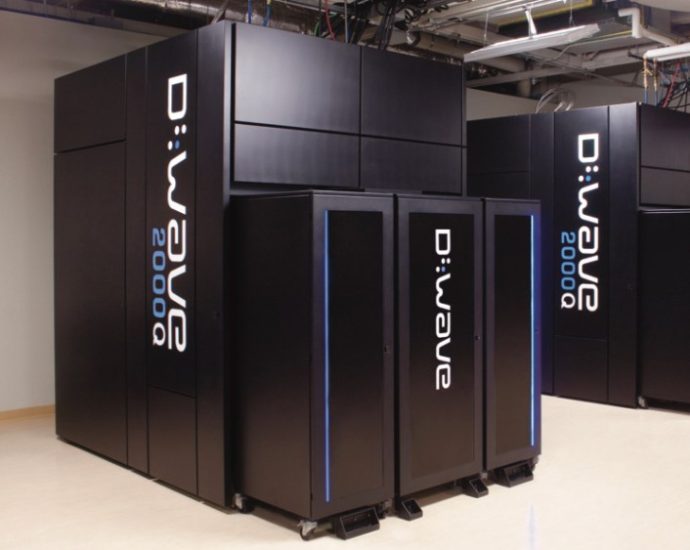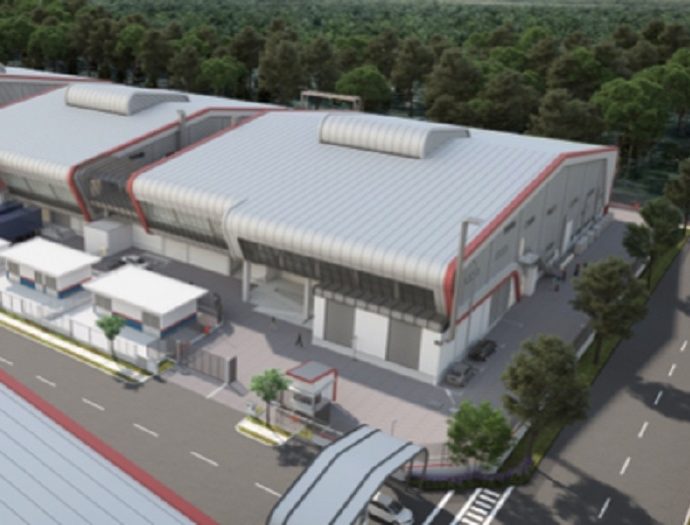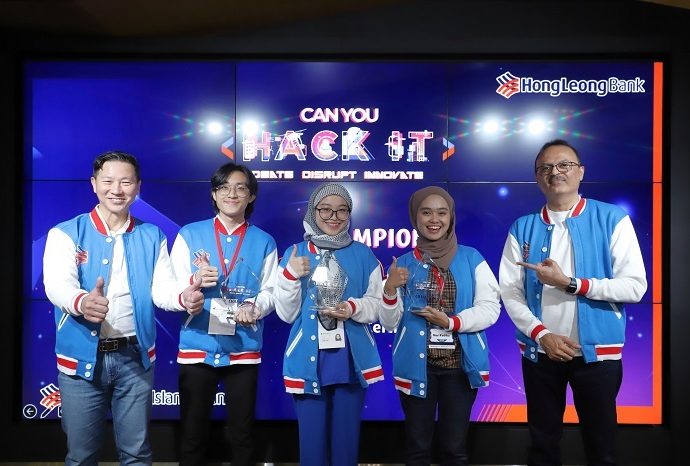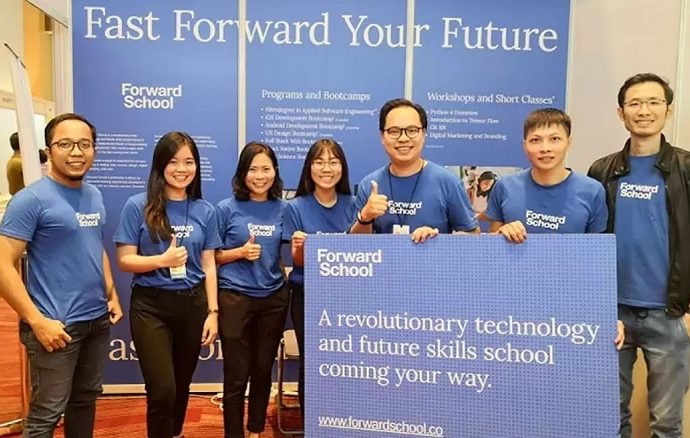Malaysiaâs tech education space sees entry of Rocket Academy from Singapore
Platform caters to recent graduates to seasoned working adults
Help career switchers, tech enthusiasts learn coding for software engineering jobs
Malaysia’s journey of digital transformation is progressing, with the digital economy predicted to contribute 25.5% of Malaysia’s GDP by 2025. Additionally, with job vacancies registering a year-on-year increase of 29.3%, this is an…Continue Reading


